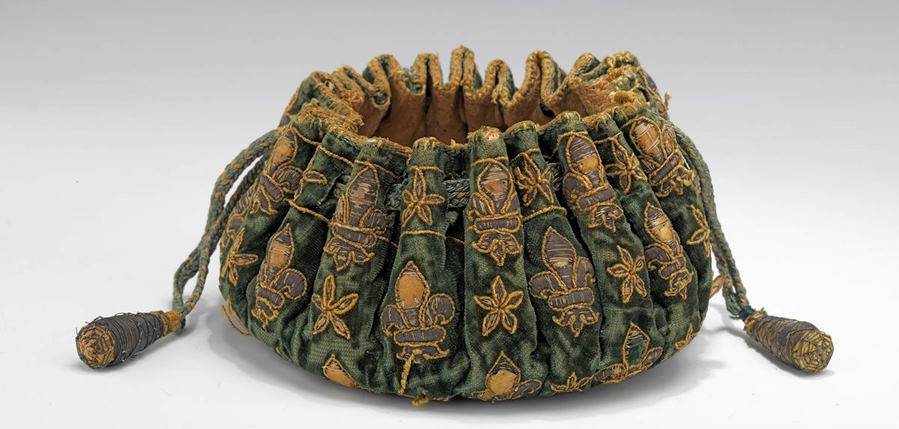Handbags have become a ubiquitous accessory in today’s society, but their origins date back centuries. From practical pouches used by ancient civilizations to the luxurious designer handbags of today, the evolution of handbags has been marked by both functionality and fashion. The development of new materials, manufacturing techniques, and changing social norms have all played a role in shaping the handbags we know today. By examining the various styles, materials, and designs used throughout history, we can gain a greater appreciation for the importance of handbags in fashion and daily life.
Early handbags
Early handbags were not only fashionable accessories, but also practical tools used by ancient civilizations. In fact, the use of pouches and bags can be traced back thousands of years. The earliest handbags were simple pouches made of animal hides or woven plant fibers, and were used to carry food, tools, and other necessities.
Ancient Egyptians, for example, carried small pouches made of leather or linen, which they used to hold everyday items like cosmetics and jewelry. Similarly, Native American tribes crafted small pouches made of animal hides, which they carried on their belts or slung over their shoulders to hold personal items.
The materials and designs of early handbags varied greatly depending on the culture and time period. In ancient Greece, for example, handbags were made of woven fabrics and embellished with intricate patterns and embroidery. In contrast, during the Middle Ages, handbags were typically made of heavy leather and were adorned with metal clasps and chains for added security.
The primary purpose of early handbags was to provide a practical way to carry personal items and necessities. As society became more complex and people began to carry more items, the size and design of handbags evolved to meet these needs. However, even as handbags became larger and more complex, they continued to be used primarily for practical purposes rather than as fashion accessories.

The Industrial Revolution
The Industrial Revolution marked a turning point in the history of handbags, as advances in manufacturing and new materials allowed for greater variety and availability of handbags than ever before. With the introduction of the assembly line and other mass production techniques, handbags became more affordable and accessible to the general public.
One of the key materials used in handbag production during the Industrial Revolution was leather. Tanneries sprang up throughout Europe and North America, producing high-quality leather for handbags and other accessories. In addition, new fabrics such as cotton and silk were also introduced, allowing for greater variety in the materials used for handbags.
The emergence of mass production also allowed for the development of designer handbags. Rather than being handcrafted by individual artisans, handbags could now be produced on a large scale, with designers able to create and sell their own unique designs to a wider audience. This marked a significant shift in the world of handbags, as fashion and status began to play a more prominent role in their design.
During this time, certain handbags became iconic symbols of wealth and prestige. For example, the Hermes Birkin bag, first introduced in the 1980s, became a status symbol for the wealthy and influential. Similarly, the Gucci Jackie bag, named after former First Lady Jackie Kennedy Onassis, became a symbol of style and sophistication.

The modern era
In the modern era, handbags have continued to evolve, with designers exploring new materials, shapes, and sizes. One of the most significant trends has been the rise of the tote bag and other large bags, which are now popular among both women and men. Tote bags provide ample space for carrying everyday items, such as laptops, books, and water bottles, and are often made of durable materials such as canvas or leather.
Another significant trend in handbag design has been the influence of technology and sustainability. Many designers are now incorporating new materials and production techniques that reduce waste and minimize the environmental impact of handbag production. For example, some designers are using recycled or upcycled materials to create unique and eco-friendly handbags.
Technology has also played a role in handbag design, with many designers incorporating smart features such as built-in charging ports and wireless connectivity. These features allow handbags to serve not only as a fashion accessory, but also as a practical tool for modern life.
Looking to the future, we can expect to see continued innovation in handbag design. With the growing focus on sustainability, we can expect to see more designers experimenting with eco-friendly materials and production techniques. Additionally, the rise of technology and smart features is likely to continue, with handbags becoming even more practical and functional.
